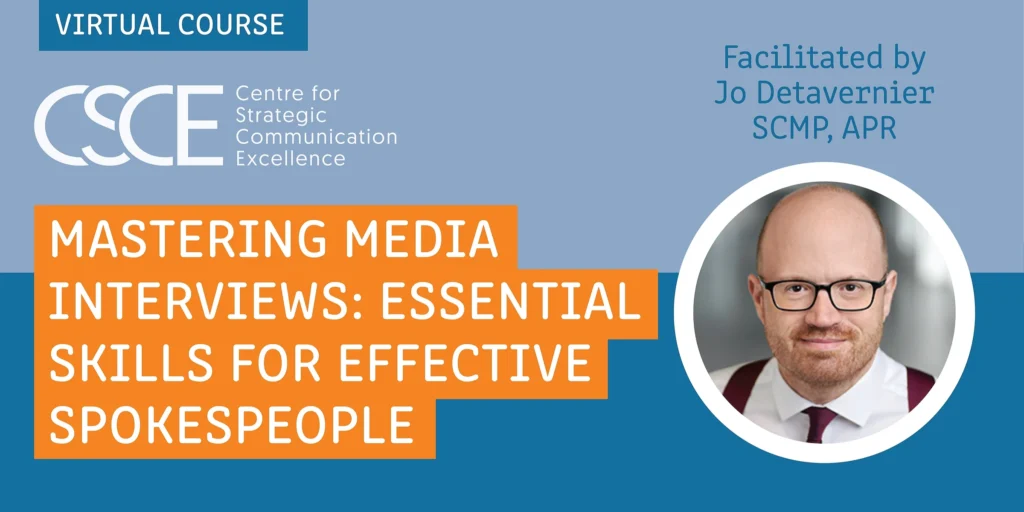Effective communication is THE key to leadership, according to Tom Peters.
Bill Gates said that if he was down to his last dollar he will spend it on communication with his stakeholders. Ketchum Leadership Communication Monitor, May 2014, identified communication as the top-ranking attribute for effective leadership. A total of 74% of the respondents viewed it as very important to great leadership—yet only 29% felt leaders communicated effectively. Communication qualities Studies by Bass and Bass (2008) identified six leadership traits and recommended that to minimise leadership melt-downs, people ought to be tested for these traits before they are promoted to any leadership role—from first-line supervisory leaders to top executive.
These traits are interpersonal skills, personality, intuition, character, task competence and biophysical characteristics. Four of the six traits included elements of communication. Peter Drucker listed nine behaviours for effective leadership, of which five deal with communication, i.e. communicating the vision and decisions, the content and style messages, the way meetings are run and the importance of listening. The focus on communication and relationship competence in leadership are the reason why Tom Peters and many other say the future organisational leaders will be women. They communicate, connect and build relationships, while running the business!
The Essence of Communication
The essence of communication is to create understanding. In the case of the leader, understanding of the vision, the values and the strategic direction of the organisation. By combining words with their character and understanding the needs of a group, the leader must inform, excite, motivate and build trust with the stakeholders to behave in ways that will ensure sustained business success. Leadership messages have significance and consistency.
Leaders must communicate direction
They must bring the people on board, excite them with their vision and earn their support, says Giuliani. If leaders can achieve that with each person that they addressed, it will have a ripple effect inspiring and focusing everyone on the same goal, enabling the leader and the group members to work together because they have the same understanding of the issues and know how it must be addressed for sustained growth and success.
Communicating the vision
The leadership vision must be a crisp statement people can understand and know how to apply in their world of work. The vision should not be just a statement on a wall, it must be relevant to every person involved in the business.
Rajesh Subramaniam, president of FedEx Canada and recipient of the International Association of Business Communicators (IABC)Excel Award ascribed the impact that he had on the way he formulated and used his vision. He stated it as ‘The Purple Promise’. Every employee knew The Purple Promise embodied the vision of Subramaniam that “I make every FedEx experience outstanding”.
His vision included every person. He furthermore applied the principle of direct communication by working in every department of FedEx Canada—before it was a trend and a TV reality show. Working in a specific role not only enabled him to experience the total service chain and how that contributed or destroyed The Purple Promise, it also brought him into direct contact with people on all levels in the organisation with whom he could talk and share the motivation of The Purple Promise.
Leaders have to communicate plans, strategies and performance targets but the reality is that most people are not interested in a technical dissertation.
Connect to the people first, says Rudy Giuliani, and then you give them the detail. Being a well-groomed speaker is important but being in the moment, being a human being is more important.
Credibility and trust are built on authenticity and honesty. If you are upset about something, let the audience know it, if you are enthusiastic, let them experience your excitement. As a leader you know the facts, share that with emotion and as a human being and not as the teleprompter tells you to. Look the audience in the eye. This way the true leader takes control of the conversation.
Not reading an address to the people does not imply that a leader can just “wing it”. It means that the leader needs to know the content, the facts and the figures by heart. There is a risk to it, but the energy of getting it right is the same as when you hear Pavarotti or Domingo sing a perfect aria. Like the opera singer is risking singing a false note, the leader is taking a risk to get it wrong—in both cases it has a unique energy to it and the audience pays closer attention. It should however, always be taken into account that the average person only hears a third of what is being said and remember only a third of what they hear! Verbal messages ought to be available in a more permanent format in other media—from websites to a newsletter or a media release.
Listening is learning says Bill Marriott, founder of Marriot International. “I believe strongly in the practice of listening to the organisation’s heartbeat myself instead of relying exclusively on my direct reports and senior staff for information. I make a habit of calling directly into our various divisions and levels to hear straight talk from associates.” Listening to employees is an opportunity to learn about their needs and expectations and how the vision is perceived.
Prof. Jonathan Jansen has ‘talk to me’ sessions where he sits on campus inviting students and staff to come and talk to him. When he started it, people were reluctant to come and talk to him, but that soon changed—enabling him to get the message from his stakeholders directly and honestly. However, research and measurement are also listening—but on a wider front.
Employees will feel their views are relevant once they experience that they are being listened to.
All too often leaders are reluctant to measure the perception the stakeholders have of them as well as the impact of their messages. It will stand leaders in good stead to measure consistently how effective they are in communicating their vision. Employees will feel their views are relevant once they experience that they are being listened to. When using the views of the stakeholders, it is imperative that the leader ought to indicate it as such otherwise stakeholders will feel and say that their views are never taken into account. I always recommend that leaders list the top views and issues that were reflected in a ‘listening process’ and the way these will be addressed or taken into account in decisions.
Printed and electronic posters were proved to be very effective in communicating the message from leadership that they listened to their internal stakeholders.
The role of the communication professional in leadership communication
Communication professionals play a key role in the success of the leader’s communication efforts. Leaders have limited time to attend to all the demands made on them. Skilled communication professionals with business acumen will not only enhance the reputation of the leader in the way they profile the person, they will also add value to his strategic success in the way they created and distribute messages in support of the vision.
The CEO Study, conducted by the IABC, identified four ways CEOs felt communication professionals should assist them in the challenges they were facing with communication.
1. Dealing with the demand for information
The increased demand for information about the direction of the business by their internal and external stakeholders, was cited as the biggest challenge CEOs were facing. They expected communication professionals to have a depth of business knowledge and understanding that will enable them to create and package the required information.
2. Social media
The fast pace at which information can travel was a daunting reality, business leaders expected communication professionals to assist them with. An Australian study, including 1 700 CEOs, found that CEOs expected social media to become the second most-used organisational engagement method after face-to-face communication.
3. Authenticity and credibility
CEOs expect communication professionals to assist them with authenticity and credibility. The study revealed that many CEOs no longer prefer prepared speeches from their communication professionals but a set of well researched and well-structured talking points dealing with the topic that had to be addressed.
4. Shape the corporate conversation
Communication professionals must to be able to sit at the boardroom table and participate in the corporate conversation, providing guidance and information and content with regard to the different stakeholders.





